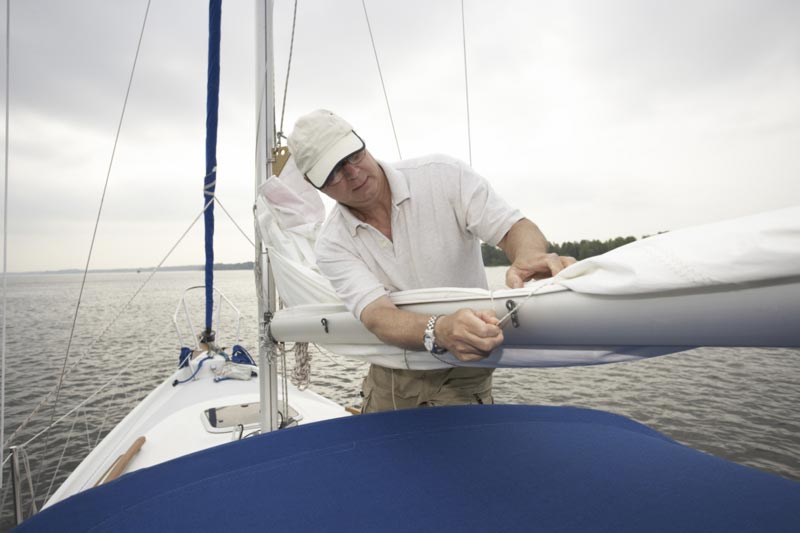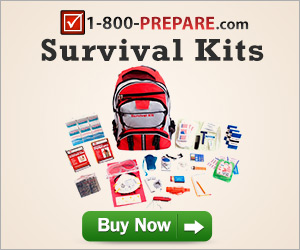No matter how attached you are to your boat or how expensive your boat is, in case of a hurricane, you should not, in any circumstance, stay on your boat. The best thing to do is to make arrangements for your own safety and for the safety of your boat.
There are options you can choose from where you can leave your boat. Ports usually have extra garages or storage buildings which you can rent. Keep in mind the level of the storm and the sea level anticipated so you know how high to store your boat. Of course it is also not wise to store your boat too high since there is always the possibility that strong winds will blow it away. This is considered to be the best possible alternative since it has been proven historically that boats are more likely to survive hurricanes if they are stored ashore.
There is also the option to moor your boat in a hurricane hole. These are deep and narrow coves surrounded by sturdy trees which block the wind. If these two options are not available, you can also opt to store your boat at a marina or a dock. But make sure that this marina or dock offers reasonable shelter and is not too open to the water. If the marina or dock is not protected by a high sea wall, it may not be a good idea to store your boat in that area because of the possible entrance of huge waves, and there is also the possibility that your boat will not be safe from a storm surge. Florida residents should note that a law was recently passed that allows marina and dock administrators to move vessels from their marinas and docks in the occurrence of storms. This is done at the owner’s expense, but it helps maintain cleanliness in these marinas and docks, before and after storms.
If you are out on the water when a hurricane approaches, the biggest hurdle you’ll encounters is getting to land safely. Keep an eye on your surroundings and be on alert for possible landing spots. If you have an outboard engine, it is best to take it out. Make sure that your potential landing spot is clear of obstacles like trees, buildings, power lines or any structures that may build up wind tunnels. Secure all loose gear and electrical equipment. In situations like these, ground anchors are best to use since they are the most sturdy and least dangerous.
If your boat happens to be connected to a trailer, make sure the trailer is held very firmly to something very strong and heavy. If your boat is not connected to a trailer, look for the sturdiest structure or object you have in your yard and tie your boat to it. Before doing this, fill your boat with water to give it a stronger foundation. There is also another alternative if your boat is a little smaller – you can decide to simply turn it upside down. You can fasten your boat to a secure structure or to the ground. If you have spare room in you garage, you can also keep your boat there. If you need more information regarding this matter, you can contact the Boat Owners Association of the United States at (800) 283-288.
If you happen to have an in-water boat and are planning to secure it by taking it out of the area, it is best to leave long before the storm season hits. It is inevitable that bridges will be locked down when the hurricane becomes dangerous. Always remember not to anchor or dwell near floodgates since your boat will mostly likely be torn to pieces once these gates are opened. It is best for these kinds of boats to use double bow and stern lines but do not tie up too close to the sea wall. Water levels can be unpredictable and you do not want your boat to be tied near a sea wall where water levels could rise ten feet to twenty feet above normal water level. In cases where your in-water boat is in a canal, it is ideal that you sink all four ground anchors (two for the stern, two for the bow). Your in-water boat will only survive if you wrap the line over and over until the lines form an X and anchor only to trees that are deeply-rooted. Be careful with this since you do not want your rope to slide off trees.
In cases where you think collisions are inevitable, use fenders to protect your boat. You can also use tires as an alternative. Do not put excess fuel in your boat. Do not forget to automatically set your bilge pump and open cockpit drains. Shut and seal all openings like hatches, windows, doors and vents with duct tape. Finally, remember to cut off shore power to your boat.



